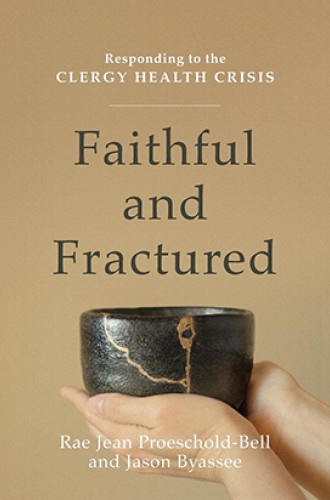Putting clergy health in perspective
Pastors and their complex relationship with their work—and with themselves
A psychotherapist colleague recently called me to consult about a client who is a pastor. She lacked the background to understand the complications of pastoral life. I recommended she read Faithful and Fractured. It is a useful primer for those who would understand the inner landscape of pastors—therapists, pastoral supervisors, congregational lay leaders, personnel and search committees—and its strong reliance on the language of social science makes the book accessible to a wide audience. Field education directors and others responsible for training clergy could also benefit from the book as they create curricula that attend to the personal competence that funds professional excellence. And clergy groups might read it together, as it reminds pastors of what they already know about the vulnerabilities of highly relational work and of best practices—rest, exercise, healthy eating, time for family and friends, and the cultivation of close colleagues and good mentors—that have been the subject of clergy training for nearly a generation now.
The book’s subtitle situates it within the more recent genre of pastoral literature responding to the perception that contemporary clergy are in serious trouble—a perception fueled by larger concerns about religious life and leadership in our complex culture, the rise of anecdotal (and often ambivalent) accounts of clergy life in memoirs and blog posts, and some ambitious but ultimately unreliable studies generated by anxious church consultants over a decade ago.
Amy Frykholm took issue with those dire diagnoses in her recent Century article “The pastors are all right” (May 8), citing Rae Jean Proeschold-Bell’s work with Duke University’s Clergy Health Initiative as a source of more rigorous and responsible data on clergy health. CHI’s decadelong research project with United Methodist clergy in North Carolina supplies the substance of Faithful and Fractured, with Proeschold-Bell offering transparent, accessible, and empowering interpretations of the study’s nuanced findings, presented in tandem with Jason Byassee’s conversational reflections on the pastoral life.






